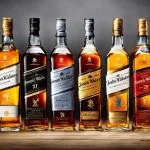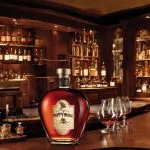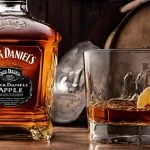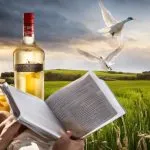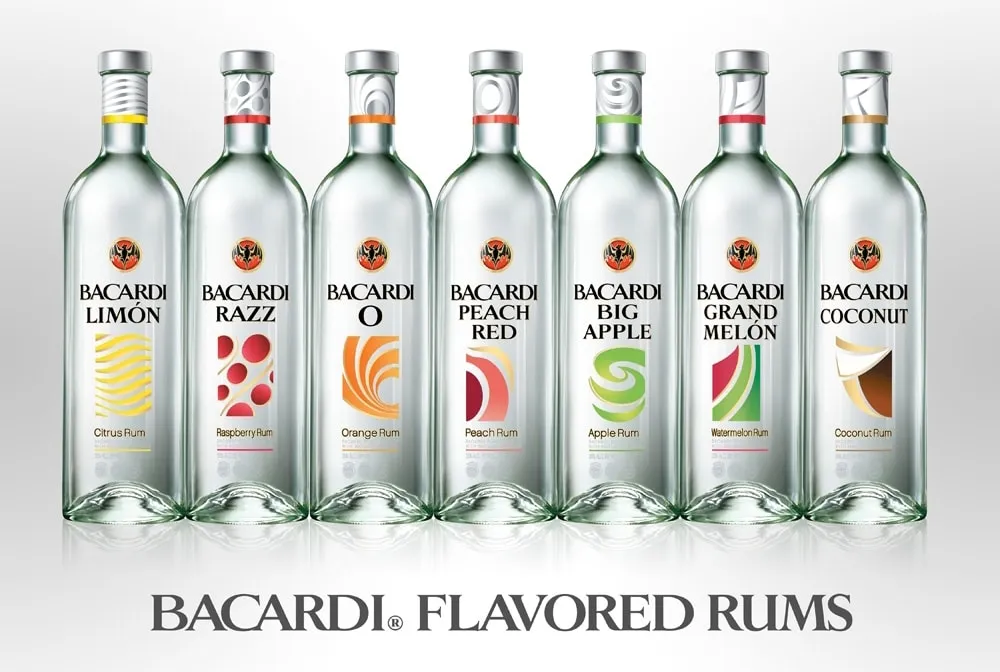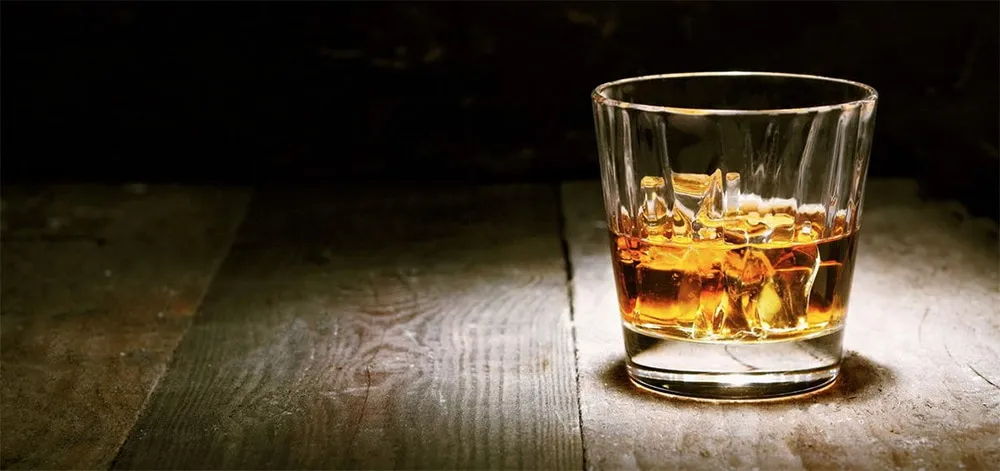Bacardi rum has a colorful 150 year old history that began on February 4, 1862, when Don Facundo Bacardi, an immigrant from Catalan, Spain, bought a small, tin-roofed distillery for 3,500 pesos in the city of Santiago de Cuba.
With his brother Jose and Jose Leon Boutellier, a French-Cuban business associate with prior experience working in a cognac distillery, he began producing and marketing the first pure, premium-quality, clear or “white” rum in the world. Recognized for its unique, fine, dry taste, Bacardi rum, as it came to be called, continues to be produced today according to the formula and standards set by Facundo over a century ago.
Facundo’s Secret Formula for Making Bacardi’s Famous White Rum
Don Facundo Bacardi is credited with having been the first to have introduced controlled fermentation and charcoal filtration to reduce or remove unwanted flavors as part of the rum production process. He is also the first to have deliberately aged and blended rum in white oak barrels to produce a specific mellow flavor, aroma, and smoothness.
More importantly, he is also the first to have used an isolated single strain of yeast, the one he was given by Boutellier, to ensure that his rum will have a consistent profile that will be able to pass the test of time. Thus, the Bacardi today tastes and has the same aroma as the first batch of Bacardi that was marketed in Cuba 150 years ago. Don Facundo’s exact formula, though, remains a closely guarded secret among just a few select Bacardi family members and master blenders.
Why the bat for the Bacardi insignia?
Facundo’s first distillery in Santiago de Cuba was also home to a colony of fruit bats. Taking this as a propitious sign, his wife Amalia suggested that they use a representation of the bat as the symbol for their brand of rum since, in their old home town of Catalona, back in Spain, bats represented brotherhood because they lived and flew together, confidence because they were not afraid to fly in the dark, discretion because of their silence, and faithfulness because they always returned home. Thus, Bacardi rum came to be known as “el Ron del Murciélago,” “the Rum of the Bat.”
Aside from being the first in business to use a brand logo, Facundo was also the first to recognize the importance of having trademarks. He personally signed the labels on each bottle of his rum to differentiate them from those made by other companies and those made by counterfeiters who wanted to capitalize on the success of his unique white rum.
Bacardi, the Great Mixer
During the 1940s, Facundo’s sons, Enrique and Jose, began an advertising campaign highlighting the famous white rum’s excellent qualities as a mixer for cocktails. Two of the more popular concoctions were the “Daiquiri,” which was named after a Cuban village where an American mining engineer mixed Bacardi, crushed ice, and lime juice in 1896, and the “Cuba Libre,” which was created by an American army lieutenant from a mix of rum and Coca-Cola in honor of Cuba’s new independence from Spain.
In 1936, by the way, there was a landmark consumer rights court case where the New York Supreme Court declared that the daiquiri be officially made only with Bacardi rum. During the 1950s, another famous cocktail, the Pina Colada, was popularized in Puerto Rico, using Bacardi rum, assorted fruit juices, and coconut milk.
Bacardi, One of the First Multinational Companies
During the 1930s, Bacardi became Cuba’s first multinational company, with facilities in Mexico, the United States, Spain, and Brazil, as well as in Puerto Rico. In 1937, Facundo’s grandson-in-law, Jose ‘Pepin’ Bosch, established a rum distillery in Puerto Rico in 1937. Between 1955 and 1957, he also relocated the company’s assets to Nassau, Bahamas, along with the ownership of trademarks and proprietary formulas.
Thus, when Fidel Castro confiscated all private property in Cuba in 1960, the Puerto Rico distillery, along with the bottling facilities and corporate entities that Bosch had previously registered in New York, Miami, the Bahamas, and Bermuda, gave Bacardi the international bases on which to rebuild themselves as a private, family-run, fully globalized company.
By 1980, Bacardi regained lost ground and achieved even greater prosperity, now accounting for two-thirds of all rum sales worldwide. By the 1990s, it had bottling facilities in Australia, Austria, France, Germany, New Zealand, Switzerland, the United Kingdom, and the United States, and distilleries in the Bahamas, Mexico, Puerto Rico, and Spain, as well as Brazil, Canada, Martinique, Panama, and Trinidad.
In 1992, Bacardi merged all of its five operating units into Bacardi Limited. In 1993, it acquired the Martin & Rossi Group, the world’s largest maker and distributor of wines, adding more than 200 brands and labels to their one-brand portfolio. Over the next decade, the company also acquired other well-known international brands that sell different kinds of alcohol at different price ranges, including Dewar’s Whisky, Bombay Sapphire Gin, Royal Brakla, Cazadores, Grey Goose Vodka, 42 Below, Drambuie, DiSaronno Amaretto, Eristoff, B & B, Benedictine, and the US version of Havana Club.
Bacardi Limited now operates 27 facilities in 16 markets on four continents, with sales outlets in more than 150 countries.


